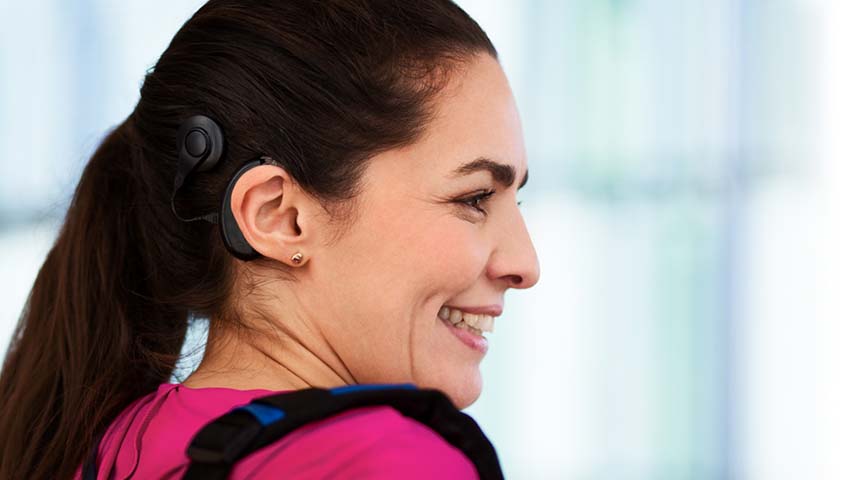- Rhinoplasty
- Sinusitis Treatment
- Revision Rhinoplasty
- Bone Curvature (Septum Deviation)
- Septum Perforation Treatment
- Nasal Flesh (Concha Hypertrophy)
- Nasal Congestion
- Hearing Loss
- Cochlear Implant
- Hearing Loss in Children
- Tympanoplasty
- Vertigo
- Tinnitus
- Middle Ear Microsurgery
- Otosclerosis
- Ear Tube
- Larynx Cancer
- Trachea Diseases, Stenosis
- Oral Cancer
- Cancer of the Pharynx
- Salivary Gland Diseases, Tumours
- Thyroid Surgery
- Neck Masses

Contents
ToggleCochlear Implant: An Electronic Wonder for Hearing Loss
A cochlear implant is a small electronic marvel that restores hearing. This device restores hearing by electrically stimulating the cochlear nerve. The implant consists of an outer and inner part. The outer part is placed behind the ear and receives sounds through a microphone. It then processes these sounds and transmits them to the inner part and transmits them to the inner ear. The inner part is placed under the skin behind the ear during a surgical procedure. A thin wire and small electrodes go to the cochlea, which is part of the inner ear. This wire sends signals to the cochlear nerve, which transmits sound information to the brain.
A cochlear implant can help people with hearing loss to restore or improve their ability to hear and understand speech. Unlike hearing aids, a cochlear implant should not be confused with hearing aids. Hearing aids only amplify sounds, while a cochlear implant can significantly improve the ability to hear and speak.
A cochlear implant may be a consideration for people who have difficulty understanding speech with hearing aids. When properly adjusted, a cochlear implant can significantly improve hearing ability in adults. For babies and young children, a cochlear implant can help them improve their hearing ability and learn to speak.
Cochlear implant surgery is generally a safe and well-tolerated procedure. However, as with all surgeries, there are some risks. These risks include bleeding, swelling, infection at the implant site, ringing in the ears (tinnitus), dizziness, numbness around the ears, taste changes, dry mouth, facial movement problems due to facial nerve injury, spinal fluid leakage, meningitis. Risks related to general anaesthesia should also be considered.
After the operation, patients receive instructions on how to care for the incisions and how to apply dressings. They may need to wait several weeks during the healing period without the implant device being switched on or activated. After the healing process, the outer parts of the cochlear implant are attached, which leads to the inner device responding to sounds.
The results may vary from person to person and factors such as the age at which the hearing loss occurred and the time between the hearing loss and the surgery may affect the results. Cochlear implantation usually gives better results when performed at an early age. A professional team and rehabilitation programme are important to make the best use of the results after cochlear implant surgery.
